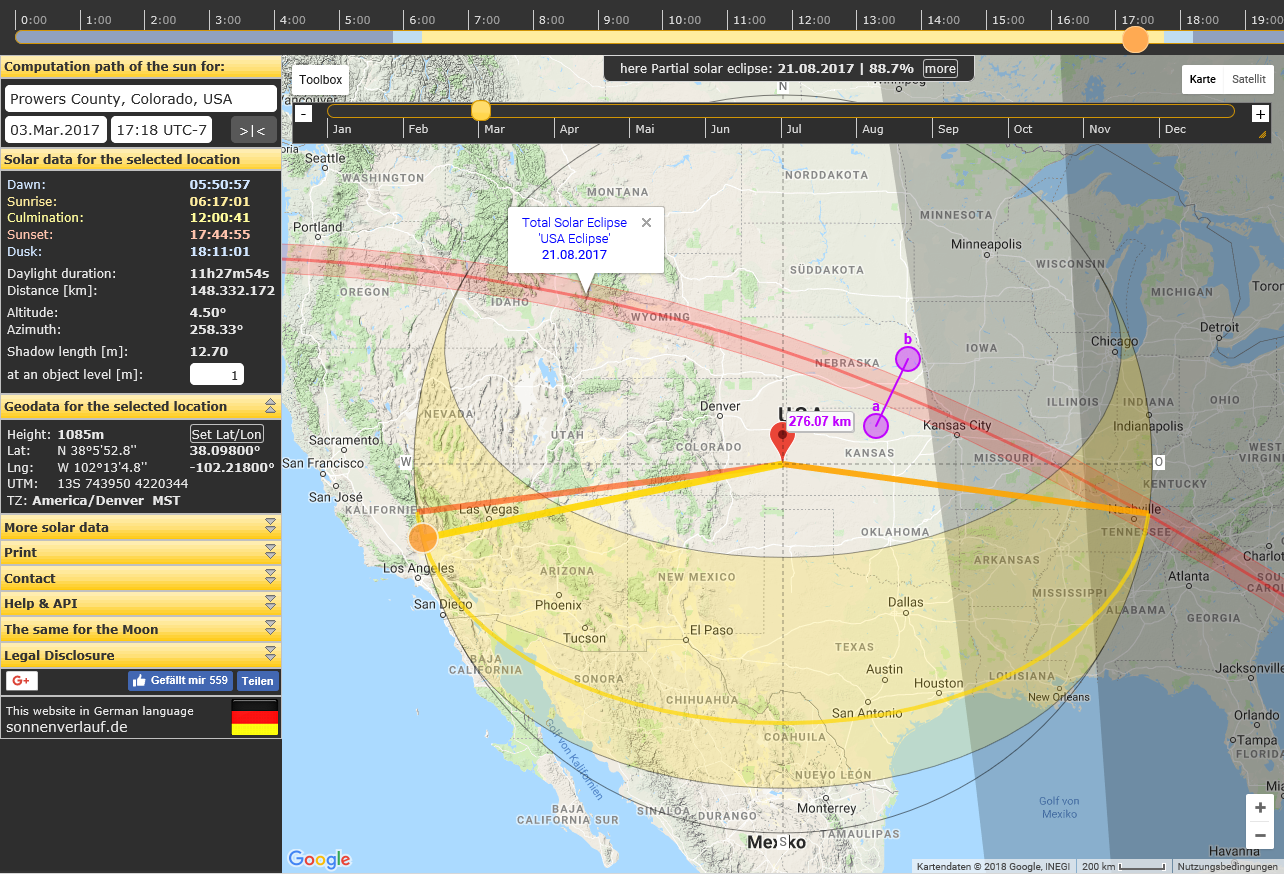Kimmagegirl
Registered User
- Messages
- 327
I live in an East/West facing home. Nice sunshine in the morning but then it disappears as it moves south around the house. Then in the afternoon it gets nice again as the sun comes around.
During the winter I often say that I should have bought a south facing house. However during very hot weather I often hear owners complaining that having a south facing house is awful as you cannot escape the heat. Sleeping at night can be very difficult.
I would be interested in any thoughts on this.
Additionally we had planned to rent an apartment in Spain for a month in the winter. We both said it must be south facing to grab the winter sun. Is this a good idea?
During the winter I often say that I should have bought a south facing house. However during very hot weather I often hear owners complaining that having a south facing house is awful as you cannot escape the heat. Sleeping at night can be very difficult.
I would be interested in any thoughts on this.
Additionally we had planned to rent an apartment in Spain for a month in the winter. We both said it must be south facing to grab the winter sun. Is this a good idea?
